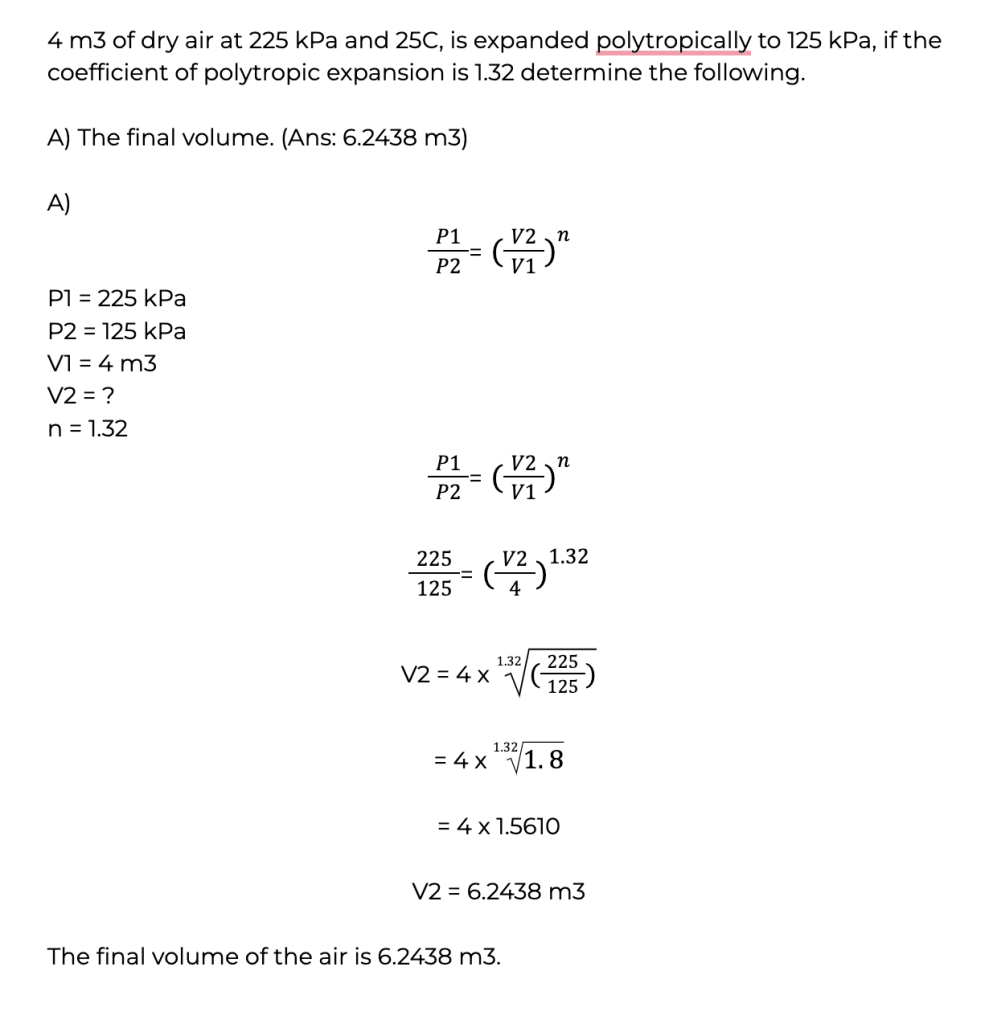What is Transposition (Transposing)
Transposing an equation is the process of rearranging it to isolate a specific variable or to express it in a different form. This is often done by applying basic algebraic operations while maintaining the equation’s balance. Here are the steps to transpose an equation:
1. Identify the variable you want to isolate or the desired form of the equation.
2. Simplify both sides of the equation, if possible, by combining like terms or applying the distributive property.
3. Use the appropriate algebraic operations to isolate the desired variable or obtain the desired form. Remember to apply these operations to both sides of the equation to maintain balance. Common operations include:
- Adding or subtracting terms
- Multiplying or dividing terms by constants
- Applying inverse operations (e.g., taking the square root or exponentiating both sides)
4. Continue rearranging the equation using these operations until the desired variable is isolated or the equation takes the desired form.
5. Check your work to ensure the equation is still balanced and that no errors were made during the transposing process.
Remember that the primary goal in transposing an equation is to maintain equality between both sides while rearranging the terms. By following these steps, you can effectively transpose equations to solve for specific variables or express them in different forms.
In this blog post, I’ll guide you step-by-step on how to transpose an equation using an example from our 3A1 course – Polytropic Expansion
The Problem
4 m3 of dry air at 225 kPa and 25C, is expanded polytropically to 125 kPa, if the coefficient of polytropic expansion is 1.32 determine the final volume.
P1/P2= (V2/V1)n
P1 = 225 kPa
P2 = 125 kPa
V1 = 4 m3
V2 = ?
n = 1.32
The Solution
We need to solve for V2 using the Polytropic P-V Formula found on page 25 of the Academic Supplement:
P1/P2 = (V2/V1)^n
Let’s substitute the given values into this equation and solve for V2:
P1/P2 = (V2/V1)^n
225/125 = (V2/4)^1.32
To simplify the right side of the equation, we can take the 1.32 root of both sides to remove the exponent:
1.32√(225/125) = (V2/4)
Further simplification of the right side is required. Let’s multiply both sides by 4 to expose the variable, V2 on its own.
4 x 1.32√(225/125) = V2
Now, we can solve the equation for V2 by calculating the known values.
V2 = 4 x 1.32√(225/125)
V2 = 4 x 1.32√1.8
V2 = 4 x 1.5609
V2 = 6.2438 m3
Finally, we can round V2 to two decimal places:
V2 = 6.24 m3 (rounded to two decimal places)
Conclusion
That’s it! We’ve successfully transposed the given equation to solve for V2 in terms of the other given variables. Remember, the key to transposing equations is to isolate the unknown variable on one side of the equation while simplifying the other side as much as possible. With enough practice, you’ll be able to tackle even the most complicated equations with ease!
See how we solve this question in our course

Prepare with us!
If you want to learn more about the services and support we provide in our tutorial course, click the link below to book a call with us:


